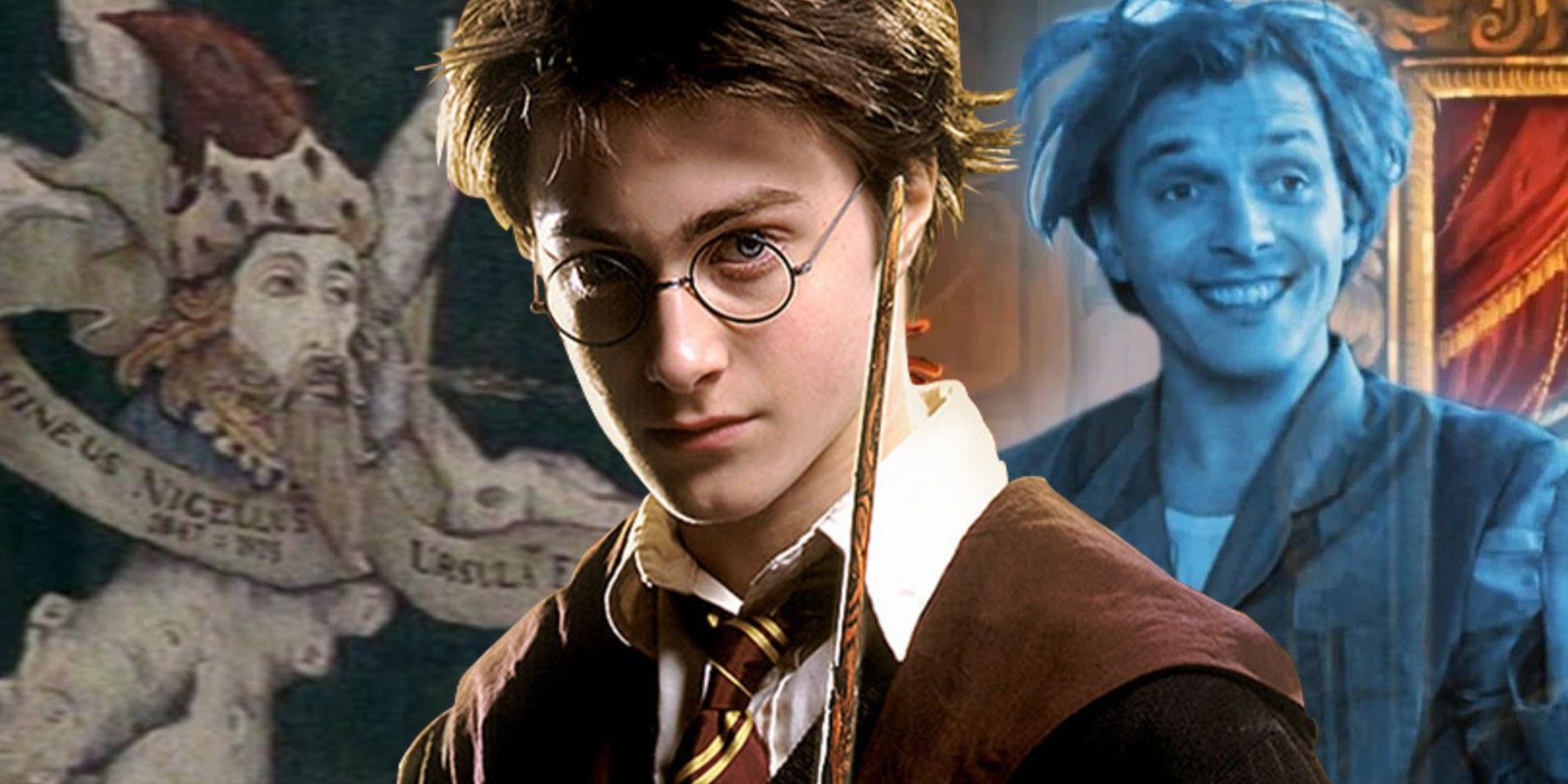
The Harry Potter saga, for millions around the globe, is synonymous with magic, adventure, and a deeply immersive world. From the moment “Harry Potter and the Sorcerer’s Stone” graced theaters in 2001, it forever changed the cultural landscape, turning “muggle” into a household term and igniting a global obsession with British boarding schools and magical creatures. The cinematic adaptations, comprising eight main films and two “Fantastic Beasts” installments, have soared to become one of the most commercially successful franchises in history, captivating audiences with midnight premieres, elaborate costumes, and the instantly recognizable “Hedwig’s Theme.”
Yet, as any devoted Potterhead who has delved into J.K. Rowling’s bestselling novels will attest, the expansive nature of the books — with the UK edition of “Harry Potter and the Order of the Phoenix” alone clocking in at a whopping 766 pages — meant that some truly special elements simply couldn’t make the leap to the big screen. Directors like Chris Columbus, Alfonso Cuarón, Mike Newell, and David Yates faced the monumental task of condensing an enormous amount of content into films of a reasonable length. Cuts were, regrettably, inevitable, leaving many book fans to “stomach” the omissions, however necessary they might have been for pacing or budget.
So, whether you’ve devoured every word of the book series or your journey into the wizarding world has been exclusively through the films, we’re here to catch you up on some incredible characters who, for various reasons, never quite got their moment in the cinematic spotlight. Some were pivotal, others more minor, but all of them richly deserved their place, adding layers of humor, tragedy, and depth that reshaped the world Harry, Ron, and Hermione navigated. Get ready to explore the magic that was almost, but not quite, on screen!
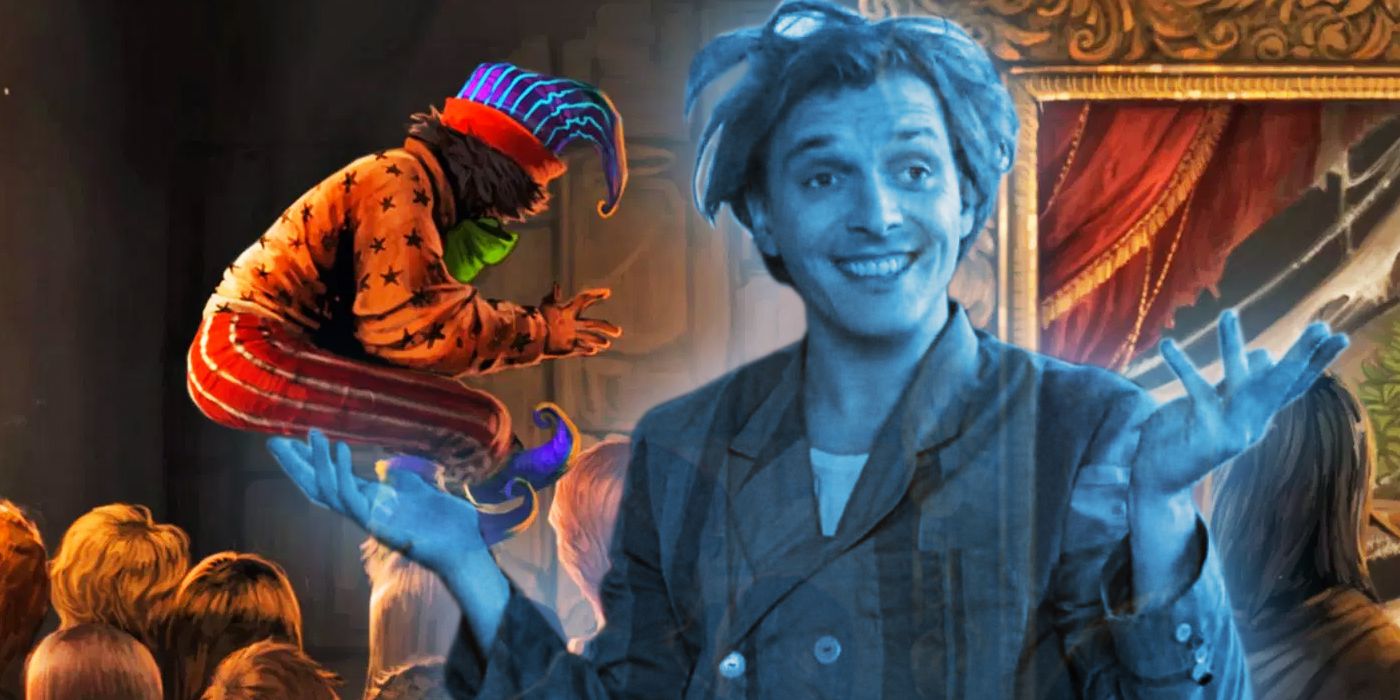
1. **Peeves** Ah, Peeves! If you’ve only experienced Hogwarts through the movies, you might be scratching your head, wondering who this mischievous spirit even is. But for book readers, Peeves is as much a part of Hogwarts as the moving staircases and the sorting hat! He’s not just any ghost; he’s a poltergeist, a metaphysical manifestation of the Hogwarts student body’s inner mischievousness, and his presence ensured that the ancient castle was never truly calm for long. He was named for his undeniable “tendency to annoy” and often sported a wardrobe resembling a court jester, which suited his chaotic personality perfectly.
Peeves made it his life’s mission to cause complete and utter mayhem, flitting through the halls, splattering visitors with mud, and hiding in suits of armor just to give unsuspecting students a fright. He delighted in mocking students with goofy nicknames and throwing chalk at those trying to study in peace. Fred and George Weasley, the legendary pranksters themselves, truly looked up to Peeves, seeing him as a master of trouble-making who no prefect or teacher could truly control. He was the epitome of Hogwarts’ wild, untamed spirit.
What’s even more fascinating is that Peeves wasn’t just a background nuisance; he actually played crucial roles in the narrative. For instance, when the much-despised Dolores Umbridge took over Hogwarts, Peeves made her life an absolute nightmare, smashing lamps, pulling carpets from under her feet, and generally creating an atmosphere of rebellion that perfectly mirrored the students’ disdain. He even proved helpful against the forces of evil, playing an important, albeit chaotic, role in “Deathly Hallows'” climactic Battle of Hogwarts. The only entity Peeves truly feared enough to obey was the Bloody Baron, a detail that added another layer to his complex character.
Believe it or not, the late British comedian Rik Mayall was actually cast as the pesky poltergeist for “Harry Potter and the Sorcerer’s Stone,” and he even filmed a few scenes! However, his iconic portrayal sadly ended up on the cutting room floor, a decision that has been lamented by many book purists. While Peeves has made appearances in some related video games, his absence from the live-action films meant moviegoers missed out on Hogwarts’ loudest trickster, losing a unique source of humor, chaos, and even unexpected heroism that truly made the castle feel alive.
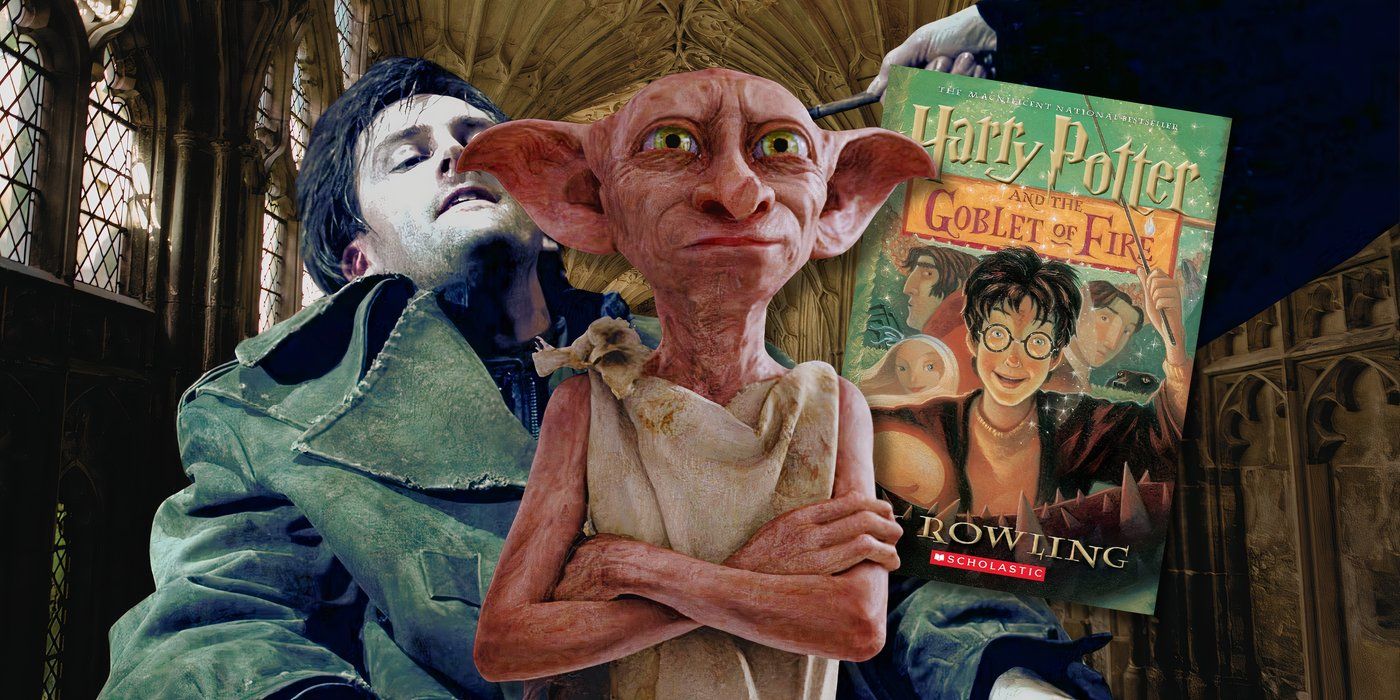
2. **Winky** Dobby, the high-spirited house elf who yearned for and ultimately achieved his freedom, is a beloved character for all Harry Potter fans. But if you’ve only watched the films, you’re missing out on another incredibly significant house elf: Winky. Her story is one of profound loyalty, heartbreak, and a deeply nuanced exploration of what “freedom” truly means, adding immense weight to Hermione’s tireless fight for elf rights. Winky spent her life serving the esteemed, pure-blood Crouch family, a clan respected until Barty Crouch Jr. brought shame upon them by joining Voldemort’s nefarious Death Eaters.
Winky’s loyalty was unwavering, even when it meant being complicit in dark secrets. She played a crucial role in concealing Barty Crouch Jr. at the Quidditch World Cup, a place he absolutely should have remained locked away from. When the Dark Mark ominously appeared at the Cup, Winky was unfairly blamed, and this injustice led to her devastating dismissal from service by Barty Crouch Sr. Unlike Dobby, who celebrated his newfound freedom with exuberant joy, Winky was practically distraught by hers. She spiraled into deep sadness, finding solace only in drinking and crying in the Hogwarts kitchens, where other compassionate house elves tried their best to cover for her.
Her tragic narrative beautifully showcased the complex experiences of house elves and how deeply ingrained their sense of duty and loyalty could be, even to abusive masters. Her plight highlighted that freedom isn’t always a cause for celebration when one’s entire identity is tied to service. Winky later found employment at Hogwarts alongside Dobby, and although the text does not explicitly detail her contributions, it notes that she participated in the fight against the Death Eaters. This shows her continued connection to the wizarding world’s struggles, even in her despair.
Winky was originally meant to make her cinematic debut in “Harry Potter and the Goblet of Fire,” and her developmental process even reached the concept art design stage. However, like many other beloved characters, she never made it past this initial phase. Her absence from the movies left a considerable “plot hole” in Barty Crouch Jr.’s story, as her involvement was central to understanding his escape and manipulation. More importantly, it meant that movie-only fans missed out on a character who powerfully illustrated the emotional toll of forced loyalty and the complicated nuances of liberation within the wizarding world.
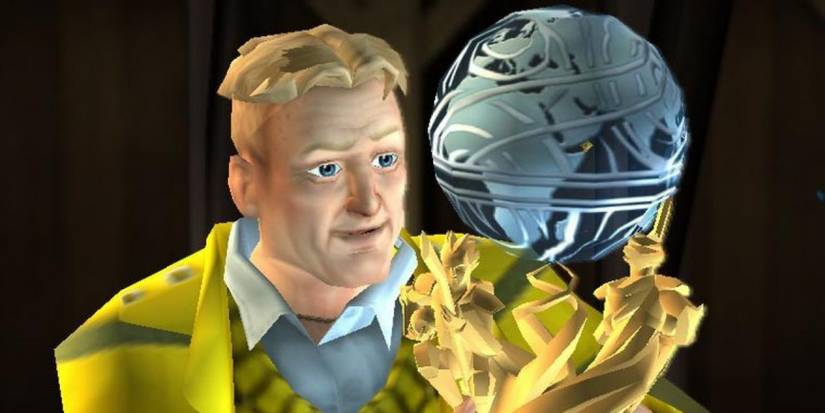
3. **Ludovic “Ludo” Bagman** “Harry Potter and the Goblet of Fire” is a whirlwind of excitement, bringing the wizarding world to life with the Quidditch World Cup and the Triwizard Tournament. But imagine all that action with an added layer of shady dealings, high-stakes gambling, and a charismatic but deeply flawed adult figure stirring the pot! That’s exactly what book readers got with Ludovic “Ludo” Bagman, a character whose omission from the film adaptation of the fourth book is one of the most glaring. Ludo was the Head of the Department of Magical Games and Sports for the Ministry of Magic, a former Quidditch star, and a gregarious, popular figure whose easy charm often masked his deeper, more problematic habits.
Bagman was responsible for organizing both the Quidditch World Cup, which Harry and his friends attended, and the subsequent Triwizard Tournament, the multi-school event that dominated Harry’s fourth year. He brought an undeniable excitement to these events, but this excitement invariably ended with trouble. Ludo was deeply in debt with goblins due to his compulsive gambling, and these debts created a constant undercurrent of danger and moral compromise throughout the Tournament. He wasn’t just an organizer; he was a desperate man with a lot riding on the outcome, particularly after Harry was chosen as an unprecedented fourth Triwizard champion.
During the Tournament, Bagman became suspiciously helpful, constantly offering Harry guidance that he didn’t extend to the other champions. He even went so far as to promise “inside info” that would help Harry cheat the system entirely. Harry, with his keen instincts, correctly surmised that Bagman had ulterior motives and wisely refused his offers. It turned out Bagman had placed significant bets on Harry winning outright, hoping to clear his crushing gambling debts. When the Tournament ultimately ended in tragedy, Ludo, unable to fix his financial mess, simply vanished, leaving his friends and coworkers utterly unaware of his desperate circumstances.
In the film adaptation, the duties of providing basic instructions and necessary warnings to the Triwizard Tournament participants were instead given to Albus Dumbledore (Michael Gambon) and Barty Crouch Sr. (Roger Lloyd Pack). While this decision might not have drastically altered the main narrative’s progression, it certainly removed a significant source of tension and moral ambiguity from the overall story. Bagman’s presence in the books served as a crucial lesson about adults who, despite their positions of authority, could be deeply flawed, deceitful, and capable of dragging others down with their personal mistakes. His absence streamlined the plot but robbed the audience of a richer, more complex portrayal of the wizarding world’s underbelly.
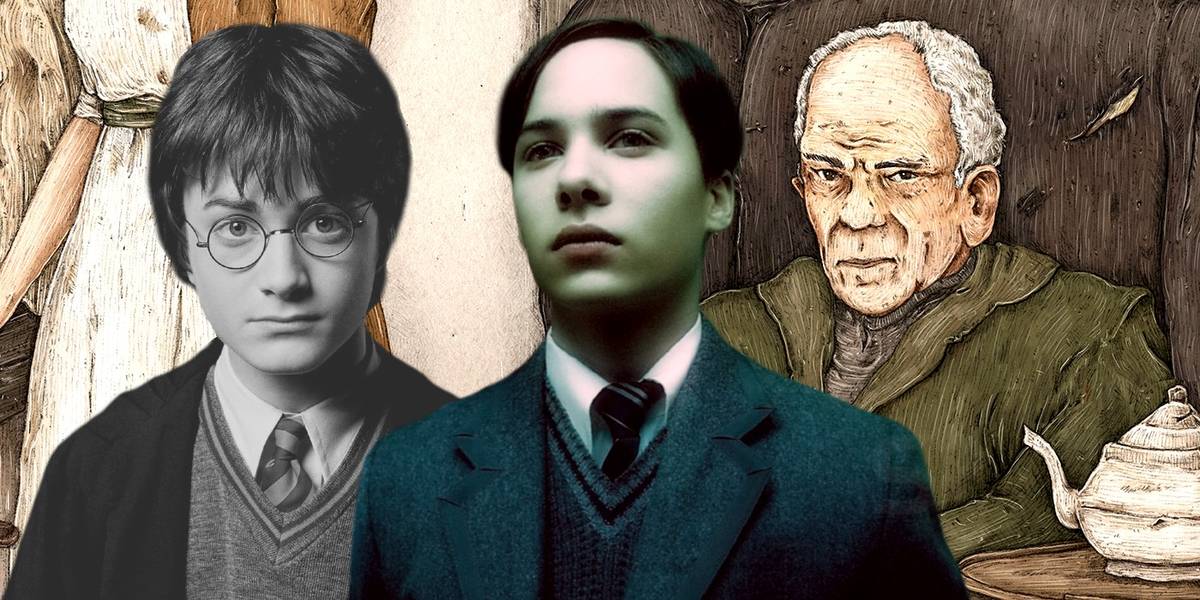
4. **House of Gaunt** The chilling story of Lord Voldemort’s origins is central to the Harry Potter saga, and in the sixth book, “Harry Potter and the Half-Blood Prince,” Harry and Dumbledore delve deep into his heritage, childhood, and adolescence using the Pensieve. This crucial exploration provides immense insight into Voldemort’s psyche and his eventual path to becoming the darkest wizard of all time. However, if you’re a movie-only fan, much of this foundational backstory, particularly the tale of Voldemort’s maternal ancestors, the House of Gaunt, remains an almost complete mystery. “Pretty much every piece of Voldemort’s family background and early odyssey ends up on the cutting room floor” in the film adaptation.
The House of Gaunt was a family steeped in dark history, directly descending from Salazar Slytherin himself – a fact Voldemort was immensely proud of. Their pride in their pure-blood wizardry was so extreme that members would marry their own close cousins to maintain the purity of their lineage. This alarming practice, as tends to be the case with inbreeding, led to severe issues within the family tree, manifesting both physically and psychologically. Even Tom Riddle (the young Voldemort) was ultimately disgusted to have come from such people, a powerful testament to their wretched existence.
Harry and Dumbledore’s journey into a memory gathered from former Ministry worker Bob Ogden reveals Voldemort’s mother, Merope Gaunt. Merope grew up in an abusive household on the outskirts of Little Hangleton, ruled by her tyrannical father, Marvolo, and volatile older brother, Morfin. Lonely, abused, and desperate, Merope used a love potion to trick Tom Riddle Sr., the handsome son of a powerful local family, into marrying her. Their forced coupling resulted in the birth of the boy who would become Lord Voldemort, making Merope’s tragic story a direct catalyst for the rise of evil.
The Gaunts’ abandoned house becomes a place of dark significance, where Dumbledore eventually finds the ring that houses the Resurrection Stone, one of the three immensely powerful Deathly Hallows. While Dumbledore makes a brief claim in the film that the Horcrux once belonged to Voldemort’s mother, Merope Gaunt, the rich, disturbing history of the House of Gaunt, their physical and psychological decline, and Merope’s tragic story are almost entirely absent. It’s understandable that the films couldn’t include every single detail, but leaving out the Gaunts meant losing a fundamental piece of Voldemort’s motivation and the deep, generational rot that led to his villainy, making it a truly significant omission for understanding the overarching narrative.
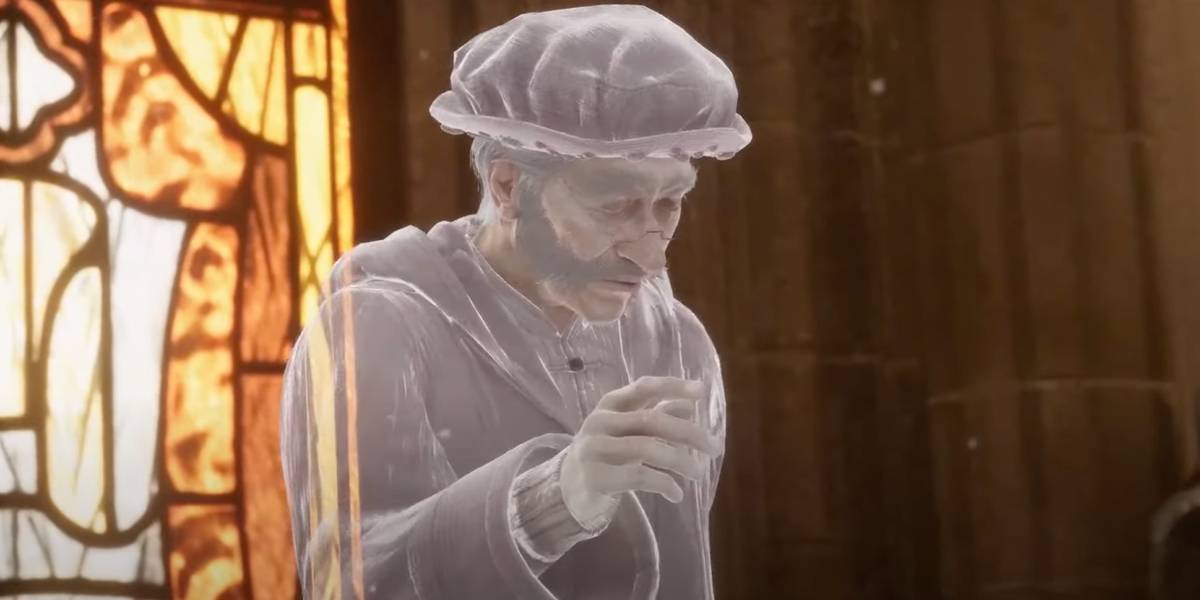
5. **Professor Binns** Hogwarts School of Witchcraft and Wizardry is famous for its wide array of ghosts, from the friendly Nearly Headless Nick to the melancholic Moaning Myrtle. But imagine a ghost who wasn’t just haunting the halls, but actively *teaching* a class! If you’re only familiar with the movies, you might be surprised to learn that in the books, one of Hogwarts’ faculty members is, in fact, deceased. This spectral academic is Professor Cuthbert Binns, the school’s History of Magic professor, whose unique circumstances add another layer of quirky charm to the castle’s already magical ambiance.
The legend of Professor Binns is quite something: one day, he simply died in his office, yet, completely oblivious to his own demise, he stood up in ghostly form and continued teaching as if nothing had happened. He literally left his body behind but kept on with his lessons. Throughout the entire book series, Harry often observes how incredibly boring Binns’ class is, making it a running gag among the students. Hermione Granger is famously the only one capable of staying awake and attentive during the spectral professor’s oppressively dull lectures, a testament to her unparalleled dedication to academics.
Despite his tendency to bore students to tears, Professor Binns served a very important narrative purpose, particularly in “Harry Potter and the Chamber of Secrets.” When the school is terrorized by an unknown force, and students are turning up petrified, it’s Binns who is the only adult willing, or perhaps simply present, to provide answers about the mystery. For once, the ghostly teacher captivates his class with the lurid tale of Slytherin’s legendary Chamber of Secrets, even though he takes pains to prevent his students from speculating too wildly about its current threat.
In the movie adaptation of “Chamber of Secrets,” this crucial exposition about the Chamber’s history is instead delivered by Professor McGonagall. While this is a “solid enough choice” for streamlining the plot, it undeniably removes a truly unique and humorous detail from the films: the fact that Hogwarts had a dead professor on its roster. Binns’ endless droning lectures and his uncanny connection to Hogwarts’ ancient history made the castle feel even older and dustier, in the best possible way, proving that even death couldn’t put an end to boring homework or the enduring spirit of the school.
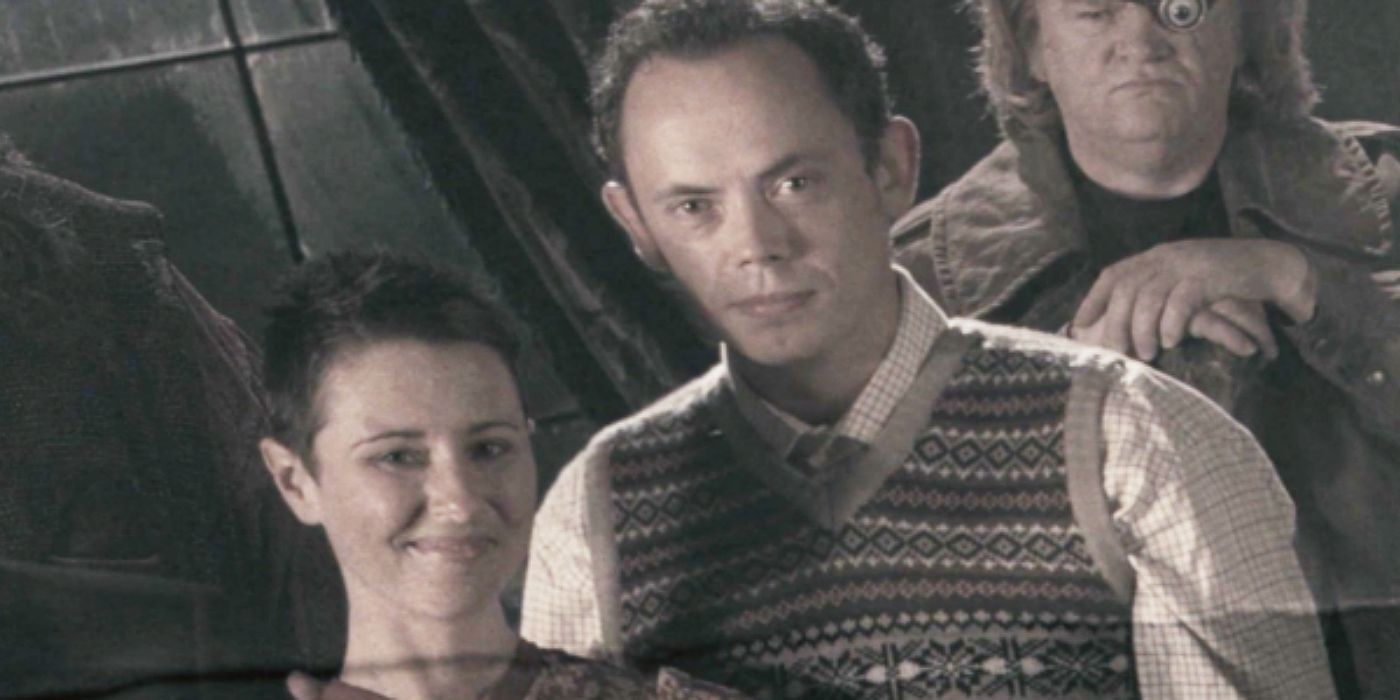
6. **Frank and Alice Longbottom** Harry Potter isn’t the only one carrying a heavy, tragic family backstory throughout the series; Neville Longbottom has one too, and its absence from the films significantly diminishes his character’s depth and powerful motivations. Moviegoers are familiar with Neville’s transformation from an insecure, bumbling boy into a truly formidable wizard, but much of his drive stems from the horrific mistreatment of his parents, Frank and Alice Longbottom. These two were not just any wizards; they were esteemed members of the original Order of the Phoenix, fighting valiantly against Voldemort during his first reign of terror.
Their tragic fate is revealed through the Pensieve in “Goblet of Fire” (though the film cut this insight), where Harry discovers that a group of Death Eaters, including the notoriously cruel Bellatrix Lestrange and the elusive Barty Crouch Jr., tortured Frank and Alice into insanity. This brutal act left them permanently incapacitated, residing in the long-term ward of St. Mungo’s Hospital for Magical Maladies and Injuries, where they could receive constant care. Neville’s visits to his parents, particularly a heartbreaking scene in “Order of the Phoenix” where Harry encounters him and his grandmother at St. Mungo’s, are profoundly moving moments in the books.
In the book version of “Order of the Phoenix,” Harry witnesses Alice, during one of Neville’s visits, give her son an empty sweet wrapper, which he cherishes. This poignant interaction underscores the immense personal cost of the war against Voldemort and the quiet, enduring pain carried by characters beyond Harry. It’s a moment that solidifies Neville’s strength and his unwavering loyalty to his friends and the cause, as he grows from a timid boy into a defiant leader, driven to avenge his parents’ suffering and ensure no one else endures a similar fate.
While Frank and Alice are briefly glimpsed in a picture in the “Order of the Phoenix” movie, their full story, their heroic past, and the devastating impact of their torture on Neville are never adequately told. The films prioritize Harry’s narrative, making the cut understandable from a streamlining perspective, but it comes at the cost of Neville’s profound character arc. Removing this detailed part of Neville’s backstory takes away a significant portion of his depth, making his later acts of bravery, like standing up to Voldemort with the Sword of Gryffindor, feel less rooted in personal tragedy and more like a simple heroic growth, rather than a deep, avenging commitment forged in unimaginable loss.

